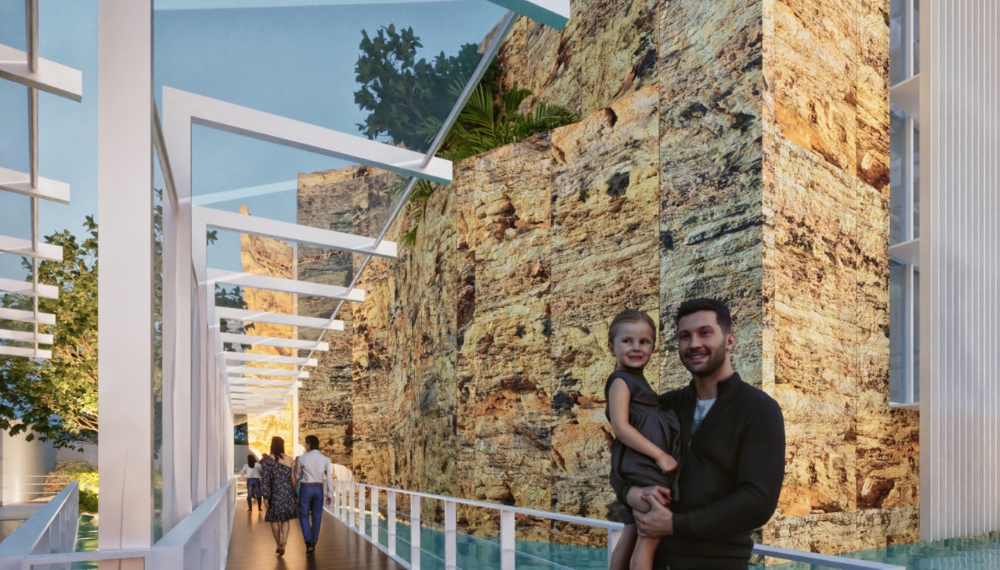iGlobaLogik is a BIM engineering company in Limoges, founded in 2018 by Vincent Deloume. The aim of this small and approachable company is to introduce BIM methodology on projects in the Nouvelle Aquitaine region, whether for public or private clients. They offer services of BIM Management, Project Management for BIM and modeling. Moreover, being a part of the OPCO (that stands for “OPérateur de COmpétences » which means « OPerations and Competencies” Atlas for consulting, and Constructys for building), iglobaLogik provides training and support to local companies and actors in order to enhance their skills and democratize digitalization, which is becoming the norm in other regions of France.
1. Vincent, can you tell us about your background?
My background is quite unusual since I have a certificate in Carpentry and Woodworking ” explains Vincent. For 15 years, Vincent worked as a project manager for a manufacturer of doors and windows, Naudon Mathé. His missions were wide and varied, ranging from prospecting to applying methods and planning or managing work on sites. Vincent dreamed of creating his own company, especially around the individual house. He made his dream come true in 2017 and iGlobaLogik was officially born in 2018.
2. Why did you get into BIM and particularly in this region of France?
“First of all, you have to know that before my business project, I didn’t know all the dimensions of BIM” confides Vincent. During his time at Naudon Mathé, he was in charge of managing complex projects and providing manufacturing detail drawings to his team. He used SketchUp to create his first digital models. “Even though it was time consuming, my crews on site had a better understanding of the installation. When these 3D views went to the workshop, there were no unpleasant surprises during the manufacturing process” confirms Vincent. That’s how he knew the 3D dimension of BIM (Building Information Modeling).
Having encountered various problems during his professional career, Vincent realized that the digital model simplified the communication process among the stakeholders of a project. Therefore, he did some research on digital models and by capillary action on BIM. “I met Mediaconstruct (now buildingSMART France). After some discussions with them, I understood that BIM would be the future and it would work” confides Vincent. Then the Digital Transformation Plan for the Building Industry 2022 came out (or PTNB 2022 in French), encouraging companies to go digital by training them via the OPCOs and providing a tool that was free at the time (Kroqi). The machine was in motion.
“I was committed to the establishment of my company, and BIM became an obvious choice,” says Vincent. Once iGlobaLogik was set up, he went to meet the various federations such as FFB, CAPEB and local authorities in the Nouvelle Aquitaine region to present the advantages and challenges of BIM. “I’m originally from the region and for some personal reasons, I wanted to return,” confirms Vincent. “Unlike most start-ups, I preferred to create my company first and then generate demand among my potential partners and future customers.”
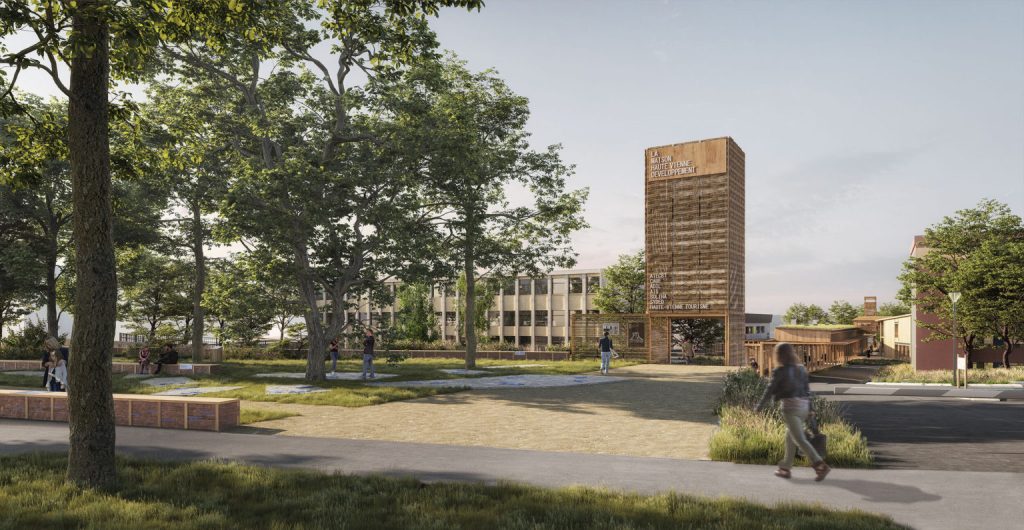
3. Why do you want to democratize BIM? How do you go about it?
Via his main missions within iGlobaLogik (BIM Management, etc.), Vincent naturally promotes the improvements of other stakeholders’ BIM skills.
Vincent has often called upon the services and skills of federations and other organizations. When it comes to the world of BIM, he wanted to participate in his own way in the democratization efforts. BuildingSMART France always welcomes professional actors from all the fields to carry out their work, and “It seems normal and rewarding to do so in my region” he adds. Therefore, he participates in working groups and different workshops to improve the applications of openBIM based on his own experience and feedback from his coworkers.
In addition, Vincent is an external professor at the CNAM (National Conservatory of Arts and Crafts) in Limoges for the BIM Civil Engineering degree. This position is close to his heart since he likes to pass on his knowledge. “New technologies force us to be on the lookout and BIM is an example. The training courses must be redesigned every year to not only better adapt to innovations such as virtual reality and augmented reality, but also take into account the students’ demands, which are increasingly advanced” explains Vincent. Furthermore, his professional experience allows him to put the knowledge he has acquired into a project context and make the students become aware that every aspect of BIM is important: geometry, information and collaboration.
4. How did you hear about Catenda? And what did you like about the company?
“I heard about Catenda Hub (previously Bimsync) through NGE Bâtiment (formerly Cardinal Edifice), when responding to a tender invitation for the Aquarium project in Bézier. I saw the power of a collaborative platform with an integrated IFC viewer” explains Vincent. As the need for a platform arose in the project, iGlobaLogik consulted Catenda about implementing Catenda Hub (previously Bimsync).
Its quick and easy learning curve and inherent functionality made Catenda Hub (previously Bimsync) an enterprise platform of iGlobaLogik. “When you master a computer tool, you end up using it beyond its original purpose. In the case of Catenda Hub (previously Bimsync), we now exchange information internally via the BCFs,” confirms Vincent.
“What I also liked about Catenda Hub (previously Bimsync) is the way it is positioned around the IFC, which is similar to my use . An IFC must be the database of a project, whether it is graphic information or data” confides Vincent.
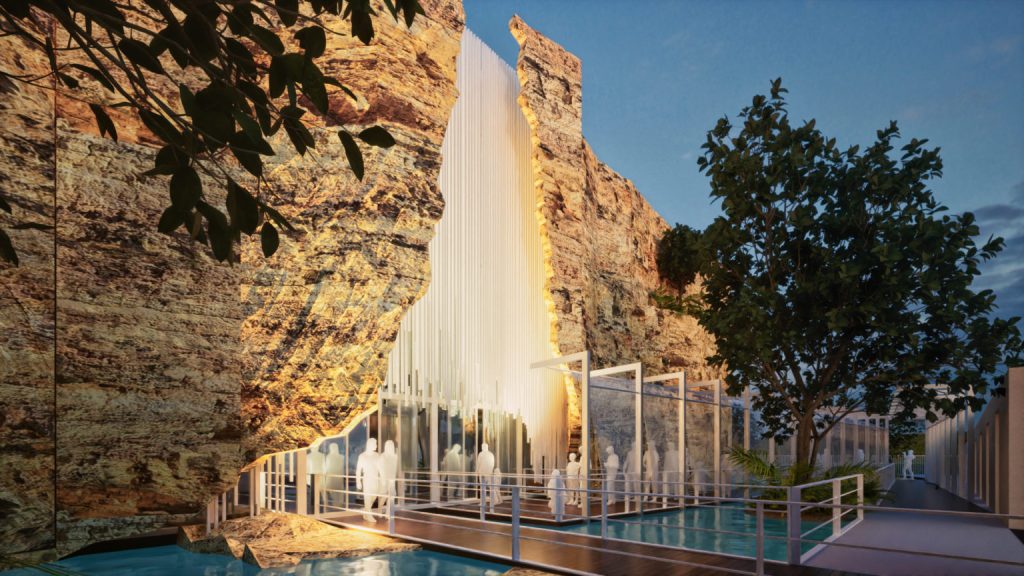
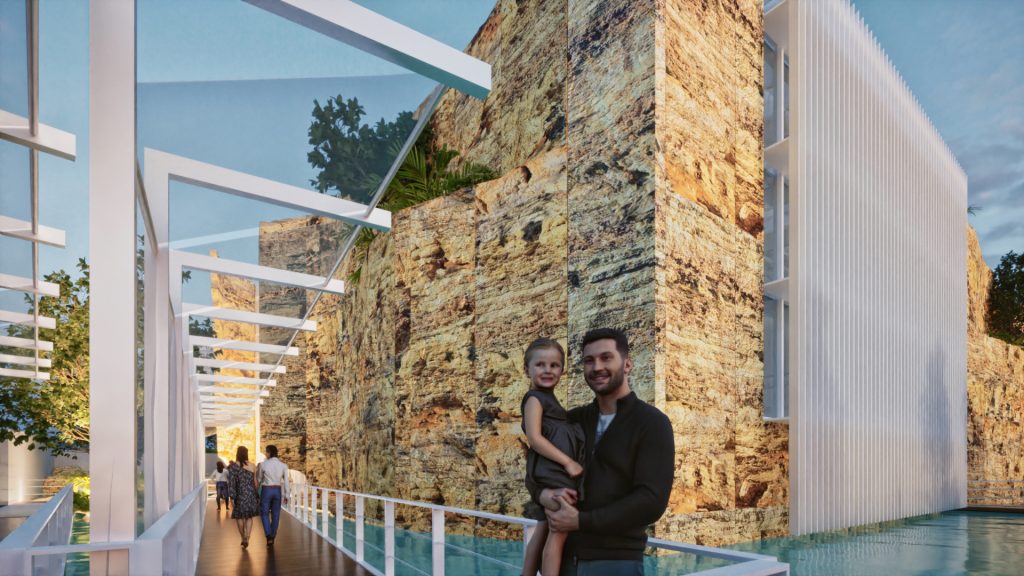
5. Why do you want to set up a collaboration platform? What are the advantages for you, your customers, and your collaborators?
Originally in France, architects provide a plan box to other project participants without defining any filing rules or allocating resources to manage it. With the introduction of BIM methodology, came an integrated and non-siloed design. As a result, it is necessary to have a repository platform integrating a viewer (IFC ideally) to centralize the exchanges. “In Catenda Hub (previously Bimsync), the versioning of documents and overview of their upload date make our work easier because that ensures that we are working with the latest elements from the stakeholders” explains Vincent.
In iGlobaLogik projects, Catenda Hub (previously Bimsync) is a genuine work tool. Catenda Hub (previously Bimsync) allows to validate decisions during the project and resolve interferences between models, or obtain an “as built” model thanks to the links between models, documents and issues. “Moreover, Catenda Hub (previously Bimsync) facilitates remote work, especially considering the constraints of the last few years” confirms Vincent.
For his customers and collaborators, the notion of issues around the model is a concrete way to accelerate decision-making. In addition, the feature of Bookmark is also used to see the development of the models, and to prepare the coordination meetings in particular.
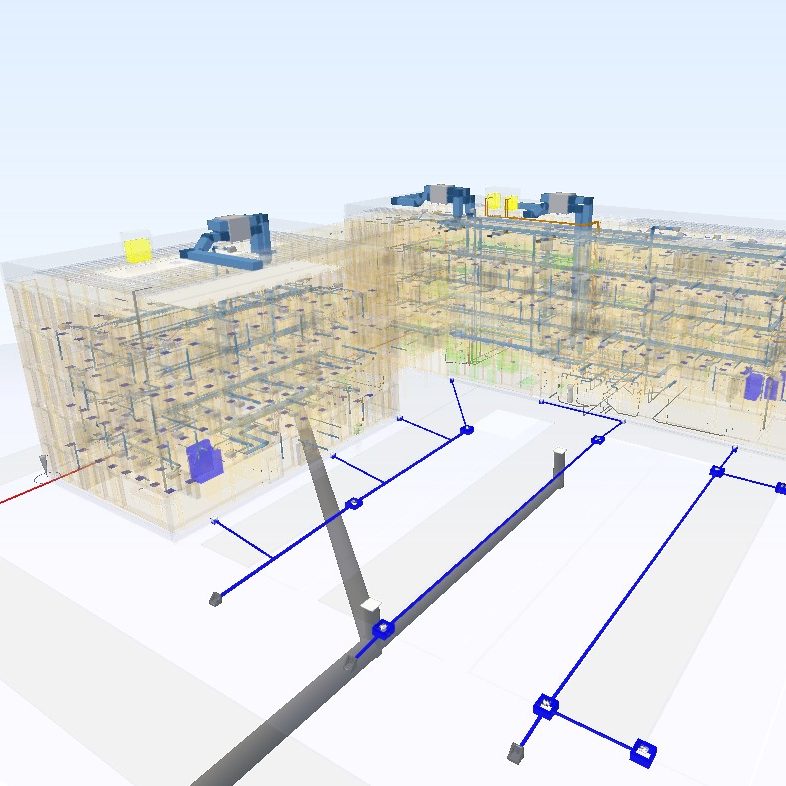
6. How do you see the future ?
iGlobaLogik wishes to continue spreading the values of BIM. Vincent will continue pursuing his teaching career. “But the challenge I would like to take up would be to do a project abroad. On the one hand, I want to bring know-how, on the other hand, to learn and develop our skills internally” confides Vincent.
“I hope the collaboration between Catenda and iGlobaLogik will last and land us in other markets” explains Vincent. In the long run, he would like to cover the entire life cycle of a project in order to build and maintain customer loyalty. To do so, it is important to develop a “BIM FM” service that could potentially include Catenda Duo.
Vincent Deloume, Founder and CEO iGlobaLogik




